What is Upper Respiratory Disease in Guinea Pigs?
This is a disease that if not attended to quickly, can cause death. It is sometimes confused with the ‘flu’ and owners might expect it to go away in a couple of days, but this is actually something very alarming. It occurs when a bacteria or virus enters the respiratory system and affects the normal function. This leads a vast array of signs and symptoms that can be confused for something less severe.
It is possible that upper respiratory disease happens frequently because guinea pigs have a mandible that is flared caudally and so allows for a broader access to the upper airway structures. Bacteria and viruses can easily enter cause damage to the upper respiratory organs which include the nose, nostrils, nasal cavity, mouth, pharynx and larynx.
What Causes This Disease?
Upper respiratory disease can be caused by different pathogens. The most common are Bordetella, Streptococcus, and adenovirus (Harkness, 2002). It is transmitted by close contact, air, or bedding. The bacteria can adhere to the respiratory organs and enter the cell. They are able to evade immune responses inside the cell and allow themselves to reproduce. There are tiny hairs inside the upper respiratory organs called cilia which help push and capture mucous and debris so that it doesn’t migrate to the lower respiratory organs (Brewer, 1997). Cilia begin to die off when there is bacterial or viral colonization inside the cells, and this affects the breathing quality of the guinea pig. If infected with Streptococcus bacteria, other symptoms such as torticollis, ocular discharge, dyspnea or cyanosis can be detected. The enlargement of cervical lymph nodes is also a very notable sign of this disease.

Signs and Symptoms
This can be subclinical, meaning there are no evident symptoms and make it harder to detect. It can progress quickly and develop severe symptoms from 24 to 72 hours after being infected (Harkness, 2002). Depending on the pathogen that causes this condition, signs and symptoms can vary. The incubation period can range from 1 to 14 days if it is Bordetella and 24 to 72 hours if it is Streptococcus.
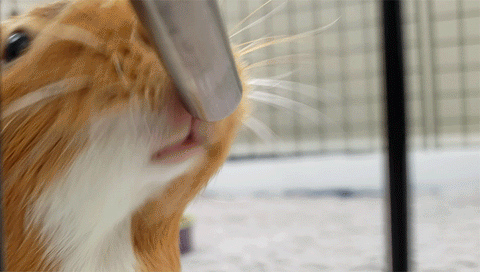
Loss of appetite or drinking water, weight loss or anorexia can also be symptoms of upper respiratory infection, as well as dehydration, lethargy, sneezing, coughing and there might be signs of otitis such as pushing their head sideways against caging. This means they are showing discomfort in their ears. Mucus secretion can also be seen coming from the upper respiratory organs such as the nostrils or the mouth after coughing. If you find that your guinea pig is showing any of these symptoms, remove the bedding in their cage and minimize handling or any other situation that can cause stress such as loud environments or being close to other animals.
How is This Disease Diagnosed?
A veterinarian must take either blood or saliva samples to determine if there is presence of a pathogen in your guinea pig. Bacterial culture is one method that can be used and consists of collecting a sample from the respiratory system, which can be done using a cotton swab. It is then put in a Petri dish and grown over a couple of days until there are enough and can be analysed through a microscope to determine what species of bacteria it is.

PCR is another test that can confirm the presence of a pathogen because it detects if it is there in the present moment and if it is the cause of disease. ELISA, another diagnostic technique, uses the antibodies that the body produces when exposed to a pathogen. This means that ELISA does not detect if the pathogen is present in the current moment, but only tells if the body has been exposed in the past couple of months (JPC, 2020). The veterinarian will recommend the best test to identify the pathogen to begin attacking it at once. Not all bacteria have the same virulence (the ability to develop disease) and this is why it must be tested before the situation is correctly handled. An antibiogram can also be done to figure out what antibiotics are best for the specific strain of bacteria the patient is dealing with.
What Available Treatments Are There?
Depending on the condition that the guinea pig is in when the pathogen is detected, treatment options can vary. It is recommended to begin with fluid therapy and in some cases, forced feeding. Forced feeding is a topic that has been debated on quite frequently, however, sometimes it is absolutely necessary because the absence of food in the stomach can lead to conditions that can worsen the patient’s prognosis. Vitamin C is another treatment option together with antibiotics such as fluoroquinolones, sulfonamides depending on the strain of bacteria that the guinea pig has. It is important to Vitamin C in your guinea pig's diet, to boost immunity and avoid infections that guinea pigs are more likely to have. A great snack for boosting Vitamin C is bell peppers and GuineaDad Nourish Series Herbal Supplements in Rose Hip.

How Can I Prevent This Disease?
The best way to prevent upper respiratory disease in a guinea pig is by providing good options for bedding. Avoid using pine or cedar wood shavings as they can cause irritation and skin issues. Consider using GuineaDad Liners, which were specifically designed to minimize the chance of contracting bacteria related diseases such as upper respiratory infection. These might cost a bit more upfront but will definitely help you save money in the long run and ensure guinea pigs living their lives to the fullest.
It is also very important to keep your guinea pig’s cage as clean as possible to avoid gases building up and causing irritation to the mucous membranes of the respiratory system. Remember, even if your guinea pig doesn’t have any clear signs or symptoms that worry you, always try to take them to the veterinarian at least once every six months to get a check up and make sure everything is okay.


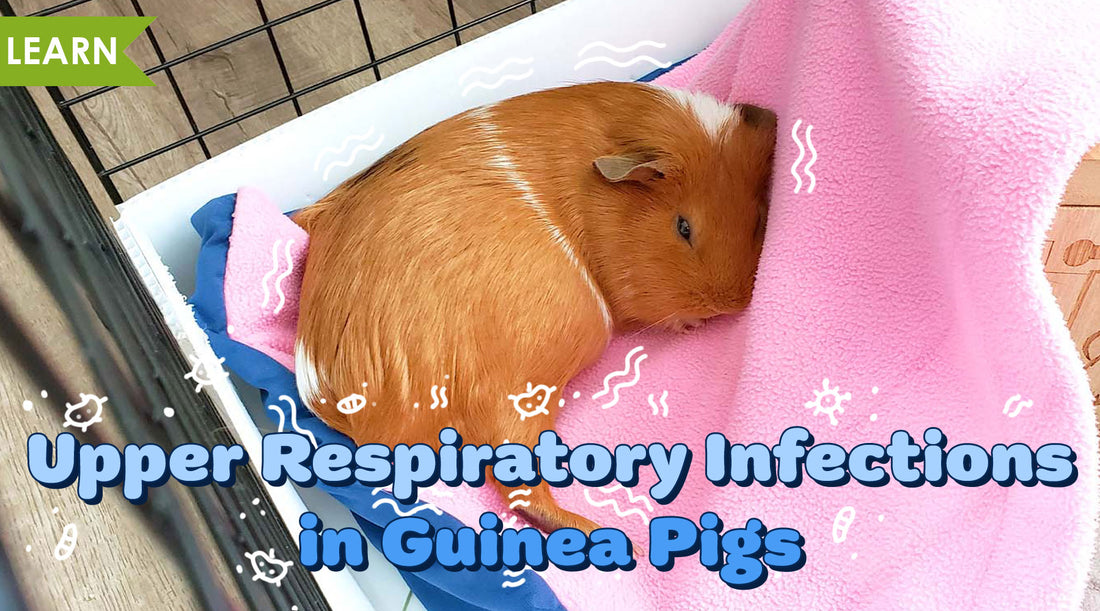









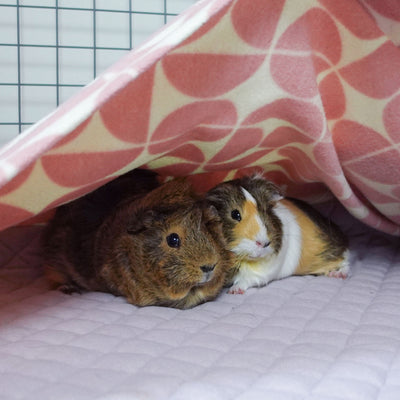
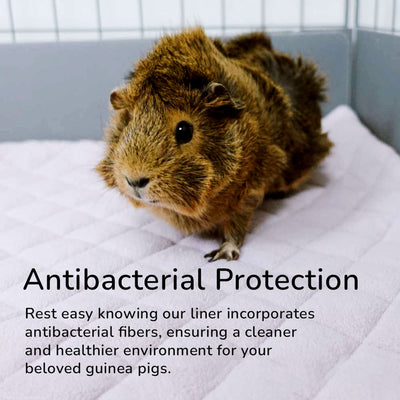









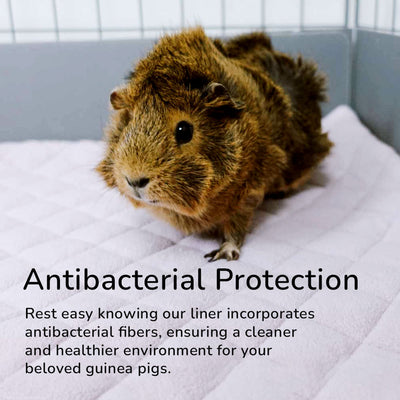





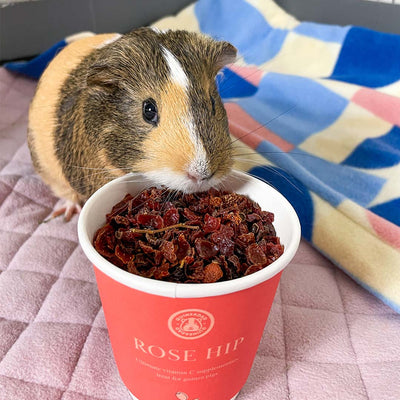
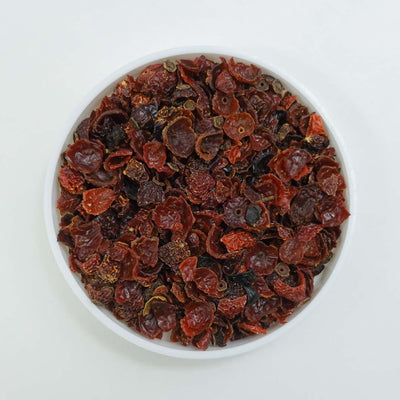
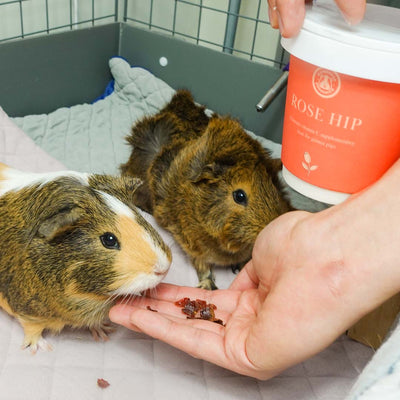




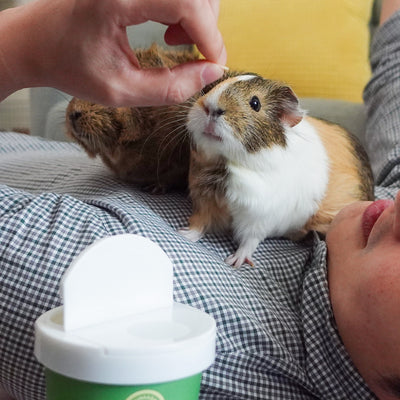
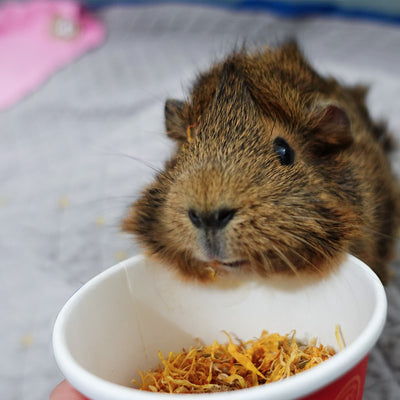


13 comments
Hello, I got two baby Guinea pigs this past Sunday on January 1. One of my new baby’s is puffing out of her nose once in a while. It has been going on sense the day I got her and am starting to get worried. She is drinking and eating normally and has a big appetite. It doesn’t sound like a sneeze because of some other Guinea pigs I saw that have sneezed because she isn’t making a sound. I listened to her breathing and that sounds normal as well. She doesn’t puff out of her nose when I am holding her too it’s only when she is in her cage. I hope it is not a respiratory infection but sense one of the symptoms is sneezing and am not sure if she is truly sneezing or not I want to make sure that if I need to to bring her to the vet. Thank you!
My granddaughters Guinea pig isn’t moving and breathing heavy. He isn’t drinking his water and has clumpy poop. And seems to have a runny noise and eyes. Waiting for vet this evening. I can’t find anyone open on sundays near me for Guinea pigs. Do you have any ideas what’s wrong and how to help in meantime.
Hi is there any over the counter stuff to help a guinea pig get over sneezing and hard breathing with crackling I can’t afford a vet for her
My boar gp is i think less than 6 months old. Recently we heard a crackling/wheezing noise from his breathing. My wife suspected that due to her mistake of giving him a bath using cold water and he caught a cold. We went to see a vet and they prescribed vitamins and antibiotics. Atm it was day 10 out of 14 to give him the meds. Weirdly he was not showed any sign of illness. Eating,drinking, running and playing well. We just frustrated that the sound does not go away.
I had a guinea pig to die from an upper respiratory infection i wish i would’ve known these facts before she passed away.